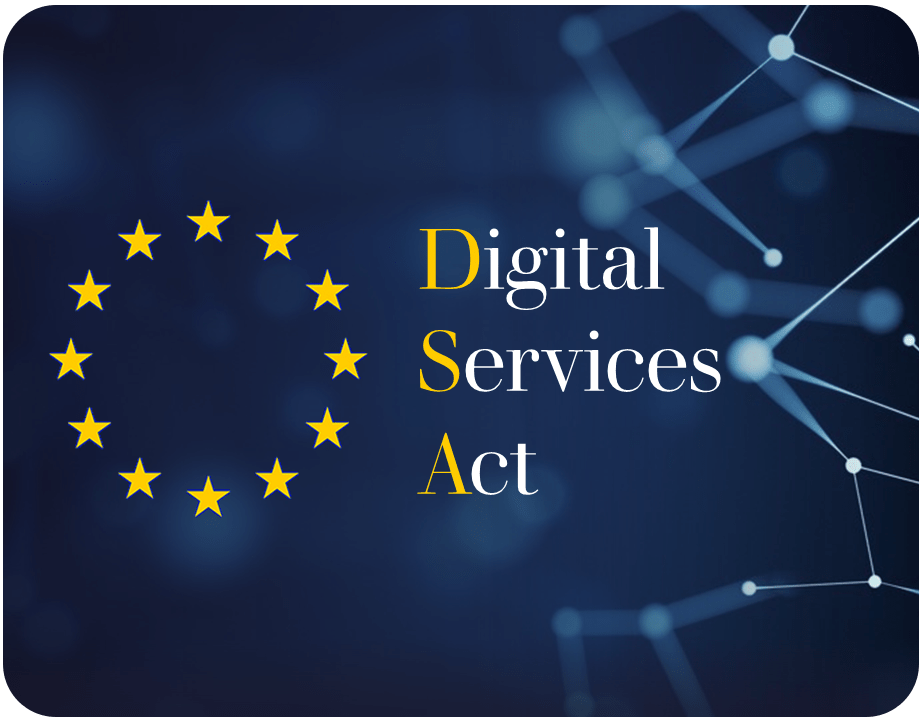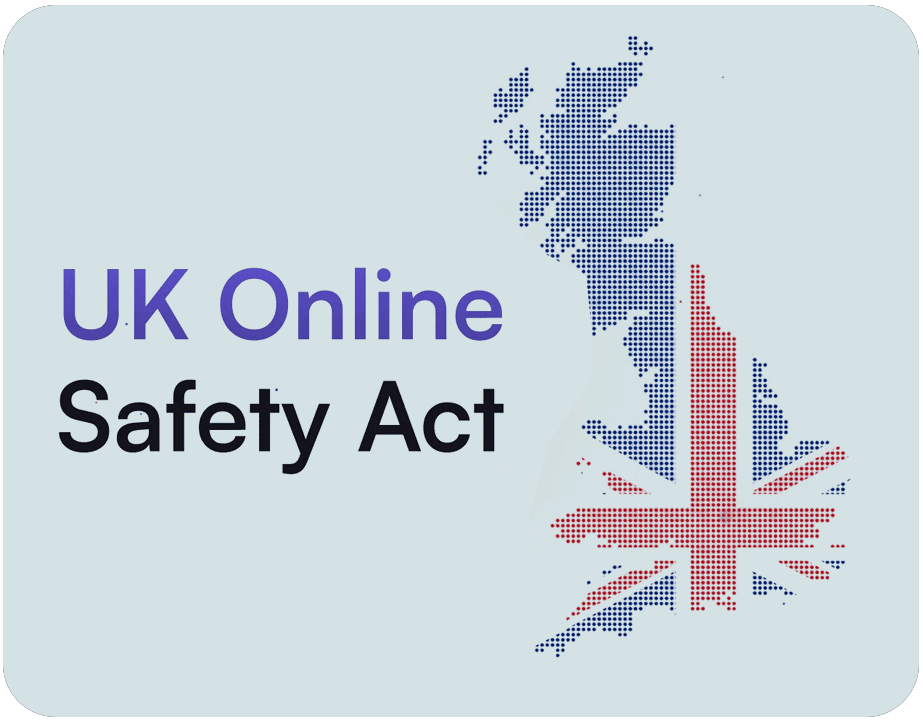Public attention in Sweden has moved fast. A national investigation raised concerns about grooming in popular online games. Ministers met with industry and asked what has changed and what will change next. Police in one region launched a pilot with schools and social services to act earlier when risk appears. The message is simple. When the public cares and the press pays attention, leaders are expected to show proof of safety, not just intent.
One reason this moved so quickly is new data from ChildX, a Swedish child safety group that tracks grooming and pushes for practical fixes. A recent poll shows nine in ten people in Sweden want game platforms to take more responsibility. ChildX also points to an outcome gap: across the five largest platforms from 2023 to May 2025, 126 police reports led to three convictions. Police note weak identity signals and lost evidence when chats or images disappear, and survivors describe the same gap between harm and outcomes. This helps explain why ministers now ask for proof that safety works in practice.
This is bigger than one country. In Europe, the Digital Services Act asks large platforms to assess risks, reduce harm, and explain decisions. In the United Kingdom, the Online Safety Act pushes in the same direction. Teams that can show early detection, fast action, strong records, and clear reports meet the spirit of both laws.
For leaders in games and social platforms, this is a clear signal. Safety is not only a policy page. It is product, process, and proof. Teams that treat it that way will be ready when regulators, parents, or partners ask for answers. Done well, the same work builds trust, improves retention, and lowers enforcement risk as a valuable side effect.
When attention rises, leaders are asked for proof, not promises.

The Digital Services Act (DSA)
For very large platforms the DSA asks them to:
- Assess risk from things like grooming, harassment, and illegal content
- Reduce that risk with product and process changes
- Explain decisions to users and to regulators in clear language
- Publish reports that show what they did and how it worked
For smaller platforms the spirit is similar even if the obligations differ. The direction of travel is clear for everyone.

The Online Safety Act (OSA)
The OSA focuses on duties of care. It expects platforms to:
- Plan for known harms and show how the plan works in product
- Operate clear reporting and appeals
- Work with authorities when serious harm is involved

The path forward
Start by making safety visible and understandable. Focus on early signals, quick protective steps, clean evidence, and clear updates. Keep language simple. Show the work. That earns trust with the public and with regulators.
Public pressure and policy are pointing the same way. Leaders will be asked for evidence that safety works in practice. That means early detection of patterns, timely action to reduce harm, records that hold up, and clear explanations to people who ask for help. Teams that can show this do better with regulators, build healthier communities, and earn trust with players.
For a practical playbook on detection and response, read our companion guide: Grooming in games: see it early, stop it fast.

